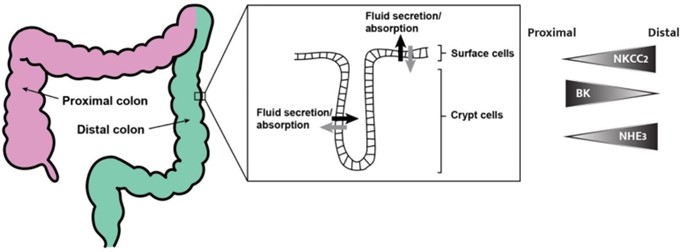The poison control nurse receives a call from the caregiver of a young school age child who may have ingested a poisonous substance. Which is the priority response by the nurse?
What do you think that the child might have ingested?’
’At what time did the child ingest the substance?'
‘Induce vomiting while you wait for emergency personnel to arrive.'
‘Check breathing and heart rate.’
The Correct Answer is A
In case of suspected ingestion of a poisonous substance, the priority response of the poison control nurse should be to assess the child's vital signs, especially breathing and heart rate, to determine if the child is experiencing any immediate life-threatening symptoms. This information will help the nurse determine the appropriate course of action, such as whether to instruct the caregiver to perform CPR or to immediately call for emergency medical assistance.
Asking about the substance ingested and the time of ingestion are also important pieces of information to gather, but they should not take priority over assessing the child's vital signs. Inducing vomiting is generally not recommended unless instructed to do so by a medical professional, as it can cause further harm if the substance ingested is corrosive or caustic.
Nursing Test Bank
Naxlex Comprehensive Predictor Exams
Related Questions
Correct Answer is B
Explanation
Crackles, also known as rales, are discontinuous sounds that are typically heard during inspiration in patients with heart failure. These sounds are produced by the sudden opening of small airways and alveoli that are filled with fluid or collapsed due to pulmonary congestion. The sound can be described as similar to the sound of rubbing hair between fingers or the sound of Velcro being pulled apart.
Rhonchi are continuous, low-pitched sounds that are typically heard during expiration and are caused by the movement of air through narrowed airways, such as in patients with chronic obstructive pulmonary disease (COPD). Stridor is a high-pitched, continuous sound that is typically heard during inspiration and indicates upper airway obstruction, which can be life-threatening. Neither rhonchi nor stridor are typically heard in patients with heart failure.
Therefore, based on the patient's history and symptoms, the most likely type of breathing sound to be heard on auscultation is crackles/rales.

Correct Answer is A
Explanation
The colon is responsible for absorbing water and nutrients.
I am now at high risk for fluid and electrolyte imbalances. This statement demonstrates that the patient understands the function of the gastrointestinal tract in relation to fluid and electrolyte balance. The colon plays an important role in absorbing water and electrolytes from digested food, and after a large portion of the colon has been removed, the patient may be at higher risk for fluid and electrolyte imbalances.
Received message. The correct option is a. The colon is responsible for absorbing water and nutrients. I am now at high risk for fluid and electrolyte imbalances. This statement demonstrates that the patient understands the function of the gastrointestinal tract in relation to fluid and electrolyte balance. The colon plays an important role in absorbing water and electrolytes from digested food, and after a large portion of the colon has been removed, the patient may be at higher risk for fluid and electrolyte imbalances.

Whether you are a student looking to ace your exams or a practicing nurse seeking to enhance your expertise , our nursing education contents will empower you with the confidence and competence to make a difference in the lives of patients and become a respected leader in the healthcare field.
Visit Naxlex, invest in your future and unlock endless possibilities with our unparalleled nursing education contents today
Report Wrong Answer on the Current Question
Do you disagree with the answer? If yes, what is your expected answer? Explain.
Kindly be descriptive with the issue you are facing.
